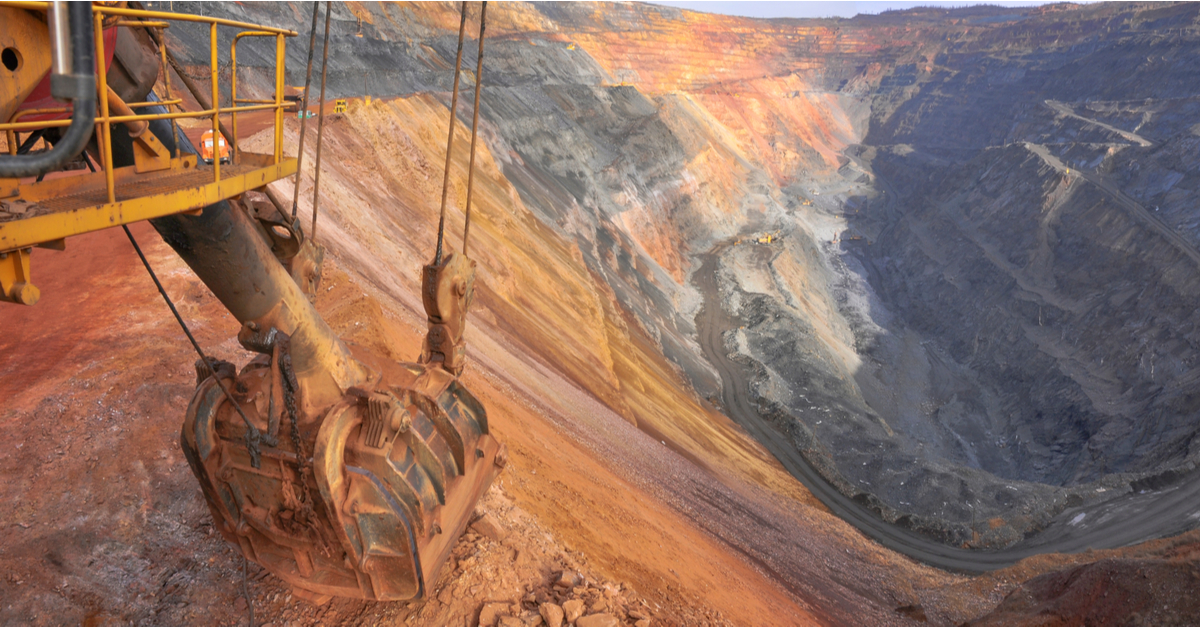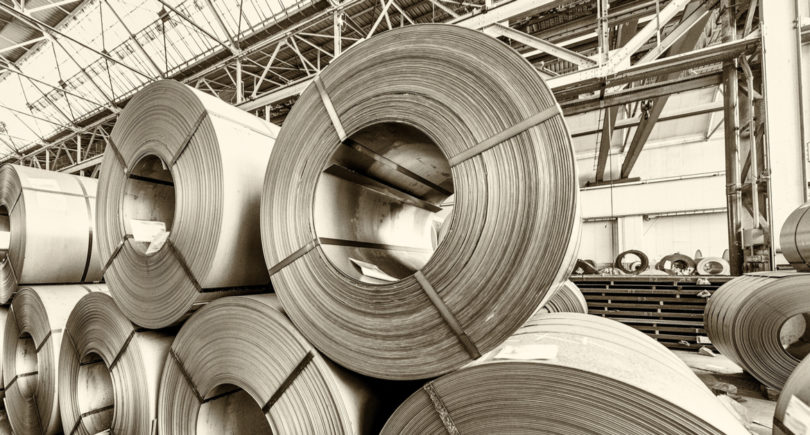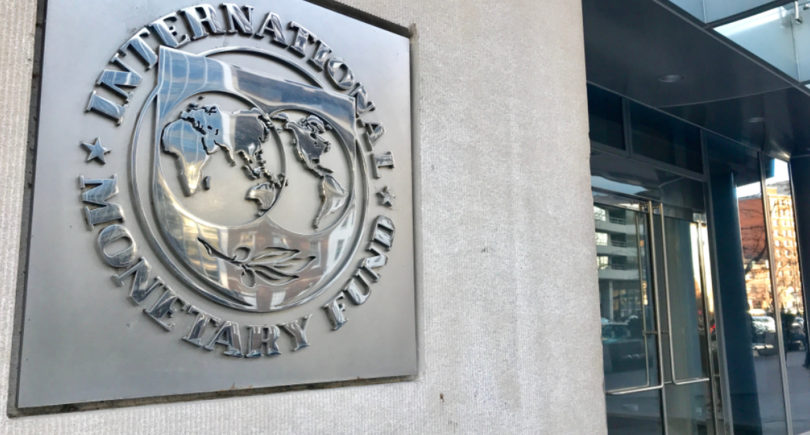
News Global Market Australia 1894 04 October 2024
In September, these volumes increased by 3.2% compared to August – up to 75.9 million tons
In January-September 2024, Australia increased exports of iron ore and pellets by 2.4% to 644 million tons. This is reported by BigMint with reference to data on the composition of ships.
In September, the country increased iron ore exports by 3.2% compared to August – to 75.9 million tons.
Shipments of this raw material to China in the first 9 months of this year amounted to 541 million tons (+2.2% y/y), in September these volumes amounted to 65 million tons (+4% m/m).
Other major importers of Australian iron ore in January-September were South Korea and Japan. These countries, respectively, shipped 37.6 million tons (-3% y/y) and 37 million tons (volumes remained almost unchanged year-on-year).
Rio Tinto shipped 225.1 million tons of ore for export in 9M2017 (-2% y/y), while BHP and FMG shipped 207.1 million tons and 152.5 million tons respectively.
Demand for Australian raw materials increased significantly due to the increase in steel production in Southeast Asia, particularly in Indonesia and Vietnam, which expanded their blast furnace capacity. Positive macroeconomic developments at the global level also played a role in supporting the ore market. The US Federal Reserve’s decision to cut interest rates in mid-September for the first time in four years boosted trading activity. In addition, the recovery in steel production in northern China has led to favorable forecasts.
The average monthly price for Australian iron ore with a 62% iron content in January-September decreased by $5/t compared to the same period last year to $112/t CFR China amid rising inventory levels and economic problems in the country.
Australia’s exports of these raw materials are expected to increase in the coming months due to strong demand from China, especially for low- and medium-iron ores.
As GMK Center reported earlier, Australia expects a decline in ore export revenues over the next two years, reflecting falling commodity prices and a stronger national currency. In addition, the basic price of iron ore is expected to decline to $92/t in 2024, $80/t in 2025 and about $76/t in 2026.




